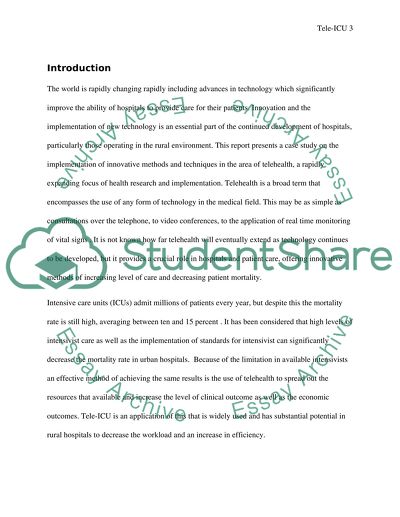Cite this document
(“The Advantages of Implementation of Telehealth in Hospitals: A Case Study”, n.d.)
The Advantages of Implementation of Telehealth in Hospitals: A Case Study. Retrieved from https://studentshare.org/nursing/1433048-telehealth
The Advantages of Implementation of Telehealth in Hospitals: A Case Study. Retrieved from https://studentshare.org/nursing/1433048-telehealth
(The Advantages of Implementation of Telehealth in Hospitals: A Case Study)
The Advantages of Implementation of Telehealth in Hospitals: A Case Study. https://studentshare.org/nursing/1433048-telehealth.
The Advantages of Implementation of Telehealth in Hospitals: A Case Study. https://studentshare.org/nursing/1433048-telehealth.
“The Advantages of Implementation of Telehealth in Hospitals: A Case Study”, n.d. https://studentshare.org/nursing/1433048-telehealth.


